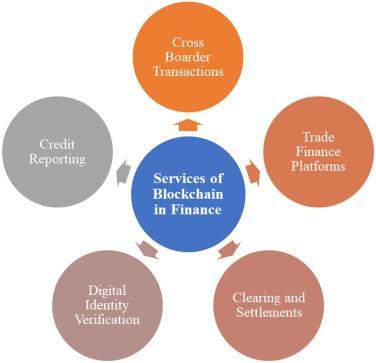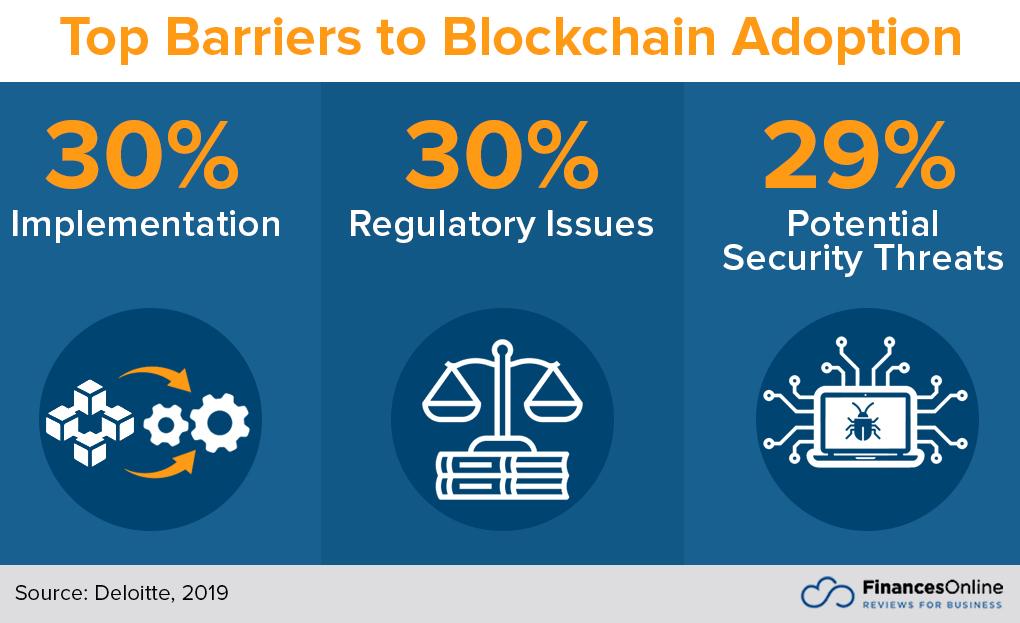In a world where digital currencies are gaining traction and traditional banking systems face disruption at every turn, blockchain technology emerges as a beacon of innovation, promising to reshape the very foundation of financial transactions. “Unveiling Blockchain: The Future of Fintech Revolution” invites readers to delve into the intricate web of decentralized networks and encrypted ledgers that is poised to redefine how we understand money, value, and trust. This article explores the convergence of blockchain with financial technology, illuminating its potential to enhance security, streamline processes, and foster inclusivity in an increasingly digital economy. As we stand on the precipice of this financial revolution, it is essential to unravel the complexities of blockchain and to envision its transformative impact on the future of global finance. Join us on this journey through the past, present, and future of an innovation that could profoundly alter the way we interact with money and each other.
Understanding the Core Principles of Blockchain Technology
The backbone of blockchain technology rests on several core principles that not only ensure its integrity but also lay the groundwork for the broader financial innovation landscape. At its essence, decentralization allows data to be distributed across a network of computers rather than residing on a single server, thereby enhancing security and eliminating single points of failure. Coupled with this, the principle of transparency ensures that every transaction is recorded on the blockchain and is visible to all participants, fostering trust and accountability among users.
Another crucial element is immutability, which means once a transaction has been added to the blockchain, it cannot be altered or deleted. This provides a robust framework for record-keeping, making fraud exceedingly difficult. Additionally, the principle of consensus plays a vital role in validating transactions across the network, ensuring that all parties agree on the current state of the ledger. Together, these concepts create a resilient ecosystem that could revolutionize various sectors, especially fintech, by streamlining processes, reducing costs, and enhancing the overall security of transactions.

Exploring the Integration of Blockchain in Financial Services
As the financial landscape continues to evolve, the potential of blockchain technology is capturing the attention of industry leaders and innovators alike. By leveraging distributed ledger technology, financial services can enhance transparency, security, and efficiency in transactions. Key benefits include:
- Enhanced Security: Transactions recorded on the blockchain are immutable, meaning they cannot be altered or tampered with, which significantly reduces the risk of fraud.
- Real-time Transactions: The elimination of intermediaries allows for faster processing times, enabling instant settlement and improved cash flow.
- Cost Reduction: By streamlining processes and cutting out unnecessary middlemen, blockchain has the potential to lower transaction costs significantly.
Furthermore, the adoption of blockchain can lead to innovative solutions such as decentralized finance (DeFi), which aims to recreate traditional financial instruments in a decentralized manner, thereby increasing accessibility. This paradigm shift can democratize financial services, offering opportunities to the unbanked populations globally. To understand the impact, consider the following comparison of traditional finance versus blockchain technology:
| Aspect | Traditional Finance | Blockchain Technology |
|---|---|---|
| Transaction Time | Days | Seconds |
| Intermediaries | Yes | No |
| Transaction Cost | High | Low |

Harnessing Security and Transparency for a Reliable Financial Future
As financial landscapes evolve, the integration of blockchain technology promises an unprecedented level of security and transparency. With decentralized networks, every transaction is recorded on a public ledger, ensuring that all participants have access to the same information, which significantly reduces the risk of fraud and corruption. This inherent transparency fosters trust among users, paving the way for a financial system that is less reliant on traditional intermediaries. The implications are vast; businesses can streamline processes, reduce operational costs, and create a more efficient financial ecosystem that benefits both consumers and enterprises alike.
Furthermore, the use of smart contracts not only guarantees that agreements are executed automatically when predetermined conditions are met, but also eliminates ambiguity and enhances compliance. This reliable and systematic approach minimizes disputes and fosters a culture of accountability. To illustrate the transformative potential of blockchain in finance, consider the following advantages:
- Improved Security: Advanced cryptography protects transactions from unauthorized access.
- Cost Efficiency: Reducing reliance on intermediaries cuts transaction fees.
- Faster Transactions: Real-time processing accelerates financial dealings.
- Access for All: Financial services become accessible to unbanked populations.
| Feature | Traditional Finance | Blockchain Finance |
|---|---|---|
| Transaction Speed | 1-5 Days | Instant |
| Intermediaries | High Dependence | Minimal or None |
| Cost | High Fees | Lower Fees |

Navigating Challenges and Opportunities in Blockchain Adoption
As the fintech landscape evolves, the integration of blockchain technology presents a complex interplay of challenges and opportunities. On one hand, the decentralized nature of blockchain enhances transparency, security, and efficiency in financial transactions. However, the transition to this innovative framework is fraught with hurdles such as regulatory uncertainties, technological limitations, and the need for robust infrastructure. Financial institutions, while eager to harness the potential of blockchain, must navigate these impediments thoughtfully. Stakeholders must engage in extensive collaboration to establish clear guidelines and standards that can bridge the gap between traditional finance and blockchain solutions.
Moreover, the opportunities that accompany blockchain adoption are substantial, poised to transform the fintech sector fundamentally. Key advantages include:
- Cost Reduction: Streamlined processes reduce operational costs.
- Improved Speed: Transactions occur in real time, enhancing customer satisfaction.
- Enhanced Security: Cryptographic algorithms protect sensitive data from breaches.
To put these advantages into perspective, consider the following table, which illustrates the potential impact of blockchain technology on various aspects of financial services:
| Aspect | Traditional Finance | Blockchain-Enabled Finance |
|---|---|---|
| Transaction Time | 2-5 days | Minutes |
| Costs | High fees | Low fees |
| Security | Moderate | High |
Embracing the dual nature of these challenges and opportunities will be crucial for stakeholders aiming to capitalize on the groundbreaking promise of blockchain in the fintech revolution.
Key Takeaways
As we stand on the cusp of a financial evolution, the growing intersection of blockchain technology and fintech promises to reshape our understanding of trust, transparency, and transaction efficiency. This revolutionary shift could redefine not only how we conduct business but also how we perceive value in an increasingly digital world.
While challenges remain—from regulatory hurdles to technological adoption—it’s undeniable that blockchain holds the potential to dismantle traditional barriers and create a more inclusive financial ecosystem. The future may very well belong to those who dare to explore these uncharted territories.
As we conclude this exploration of blockchain’s transformative power, one thing is clear: the journey has just begun. Let us remain curious, vigilant, and adaptable as we navigate the complexities and opportunities that lie ahead. The world of fintech is evolving, and blockchain is at the forefront of this exciting revolution.



